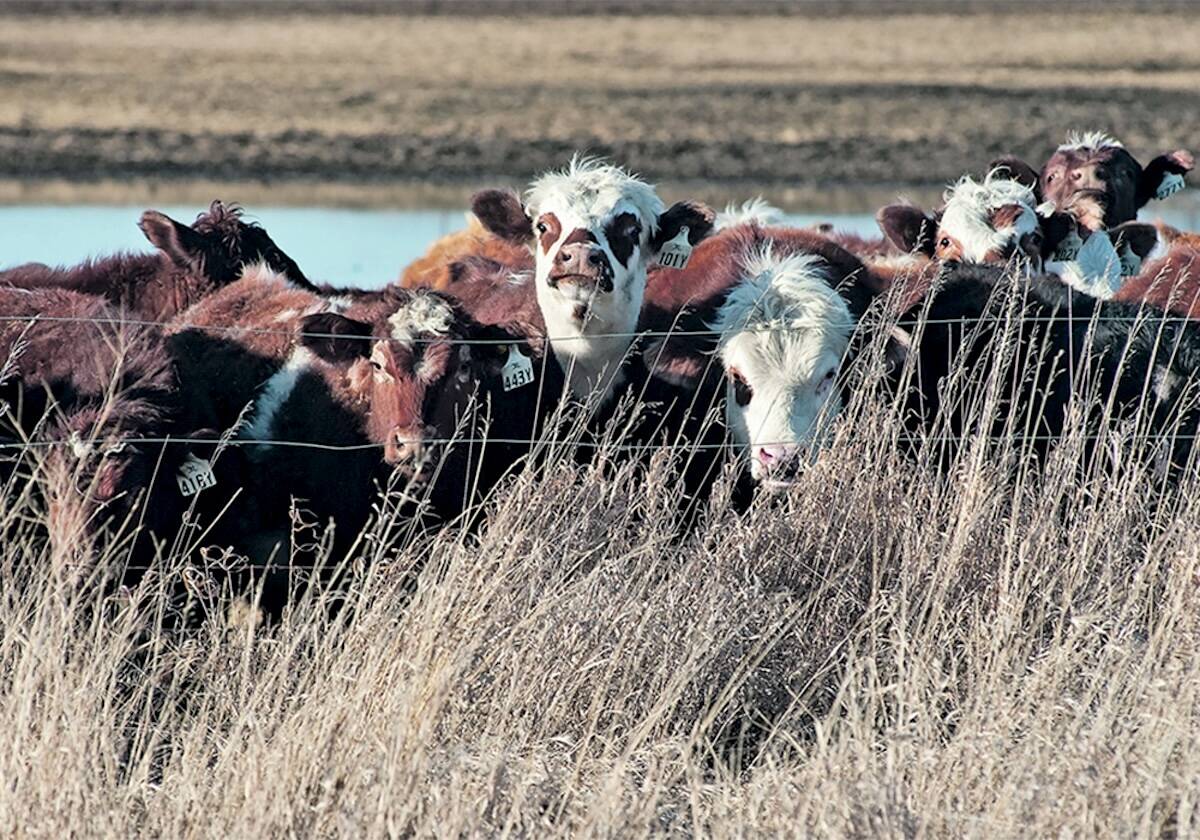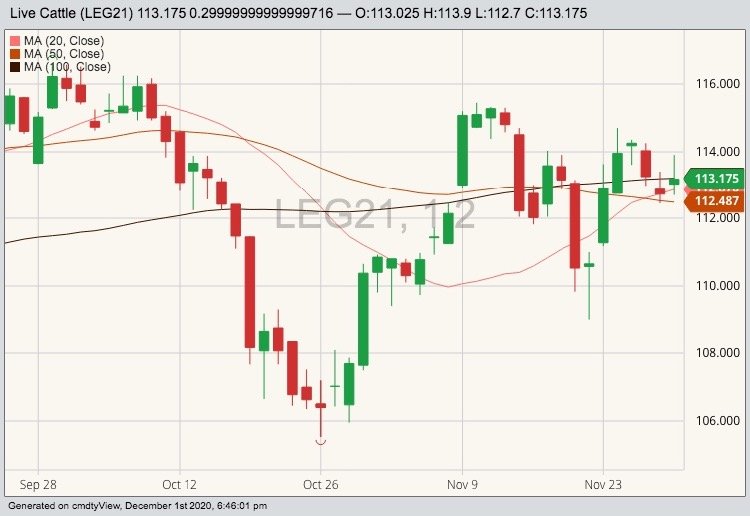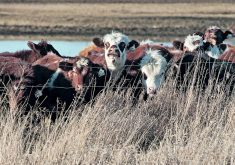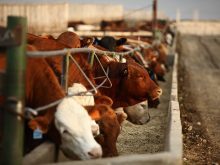Chicago | Reuters — Live cattle futures rose on Tuesday, supported by strong U.S. consumer demand and high wholesale beef prices, traders said.
Chicago Mercantile Exchange February live cattle futures added 0.3 cent to 113.175 cents/lb. (all figures US$).
CME cattle futures have been steady in recent weeks, recovering from a slump in late October as rising COVID-19 cases across rural America threatened packing plant closures similar to those seen in March.
But beef processing hasn’t slowed this time around, according to government data.
Read Also

Canadian cattle groups look to renew national organization
Canadian Cattle Association review and potential reset were the focus of a two-day meeting of nine provincial beef associations.
“Even with these high COVID cases, we really haven’t seen major disruptions in packing plants,” said Altin Kalo, economist at Steiner Consulting Group. “It seems like this market has found some support at these levels.”
Wholesale beef prices remain elevated, with select cuts adding 65 cents to $233.08 per hundredweight, while choice cuts trimmed 28 cents to $243.40.
CME January feeder cattle ended 0.6 cents higher at 141.65 cents/lb. after notching 143.475 cents/lb., its highest since Aug. 21, benefiting from lower corn futures and tighter cattle supplies.
And as U.S. cow-calf operators struggle with ever-tightening profit margins, those supplies could remain tight, traders said.
“The market is realizing there’s not a lot of calves out there,” said Kalo.
Meanwhile, CME’s benchmark February lean hog futures contract settled 0.175 cents higher at 68.75 cents/lb., after reaching 69.6 cents, its highest since Oct. 21.
“We don’t have as many export orders on the books for Q1 as we did a year ago,” said Kalo, noting export demand and domestic holiday buying are adding support, but demand into next year remains uncertain.
“Moving pork in the first quarter of the year, without the assistance of exports, is always challenging,” he said.
Daily hog slaughter slipped to 493,000 head, but remains near the pace of last week and a year ago.
— Christopher Walljasper reports on agriculture and ag commodities for Reuters from Chicago.















